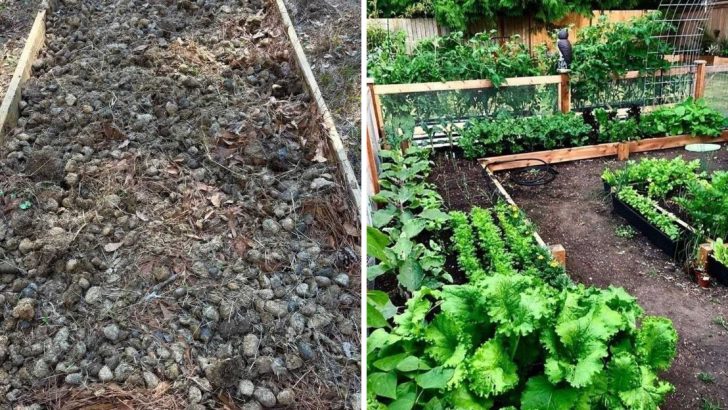Some gardening habits are pure sabotage. Without even realizing it, you might be doing more harm than good. Overwatering? Neglecting the soil? Choosing the wrong spot for your plants? The list goes on.
But here’s the good news—small changes make a huge difference. From switching up your watering routine to giving your plants the sunlight they crave, healthy growth isn’t a mystery.
It’s about understanding what your garden truly needs and ditching those damaging practices once and for all. Ready to see your plants thrive like never before? Let’s get into it.
Overwatering
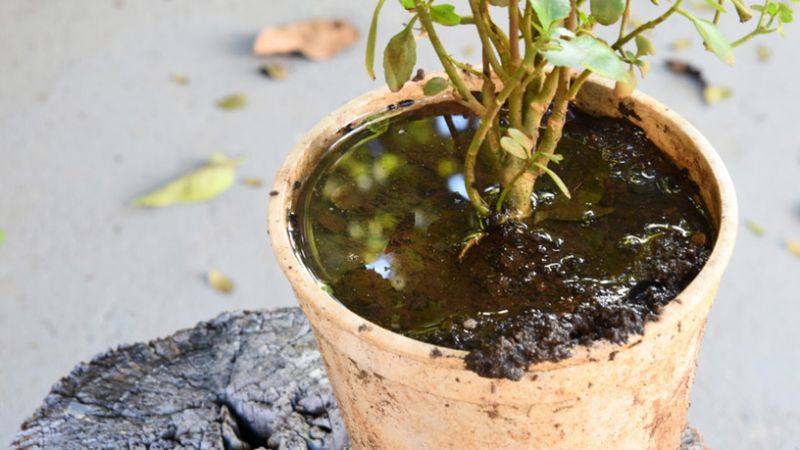
Overwatering is a silent killer in the garden. It might seem like you’re caring for your plants, but too much water can suffocate roots. Waterlogged soil prevents essential oxygen from reaching the roots, leading to rot and decay. Imagine drowning in attention; that’s what it feels like for your plants. Instead, strive for balance by checking soil moisture before watering. A simple habit like using a moisture meter can save your plants. Remember, soggy soil is not your plant’s friend. Let them breathe!
Neglecting Soil Health

Healthy soil is the foundation of a thriving garden. Many overlook this, focusing solely on plants above ground. But beneath the surface, soil teems with life, providing nutrients and stability. Neglecting soil health leads to weak plants and poor yields. Test and amend your soil regularly to keep it fertile and welcoming. Simple actions like adding compost or organic matter can work wonders. By nurturing your soil, you create a robust bed for your plants to flourish. Think of soil as the heart of your garden.
Planting Too Close
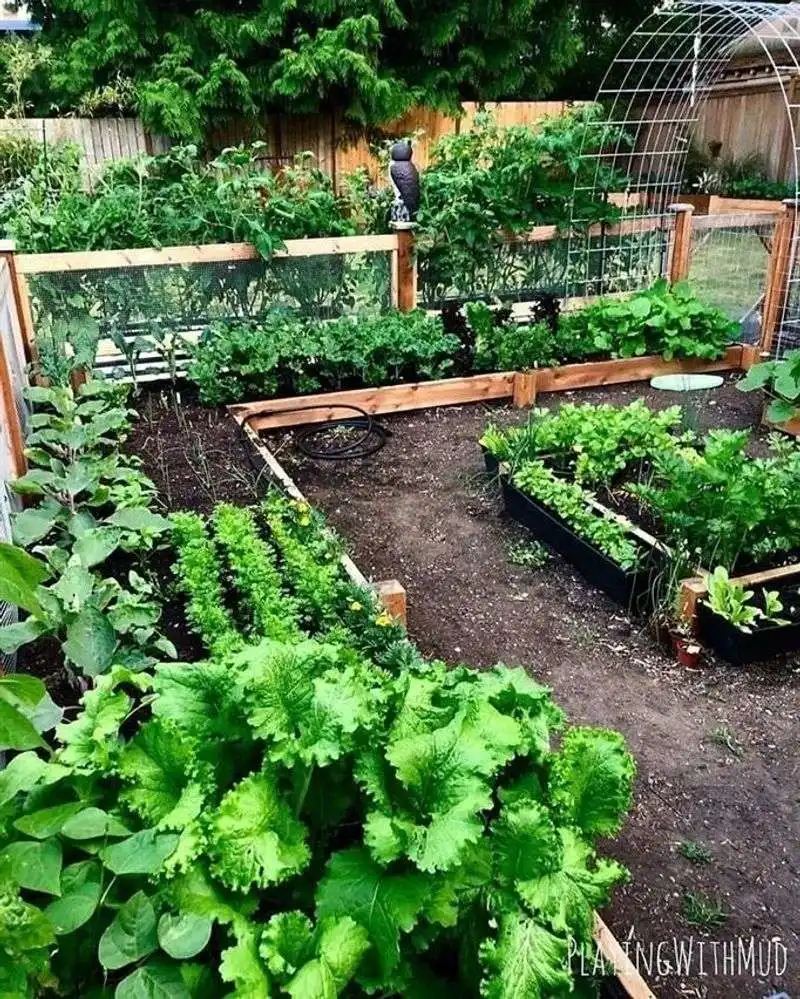
Imagine being in a crowded room with no space to breathe. Planting too close has the same effect on your garden. Crowded plants compete for nutrients, water, and sunlight. This struggle weakens them, making them susceptible to diseases and pests. Always give plants adequate space to grow and thrive. Check the spacing requirements on seed packets or plant labels. By allowing room to grow, you encourage healthier, more robust plants. Let them stretch their leaves wide and bask in sunlight!
Ignoring Sunlight Needs
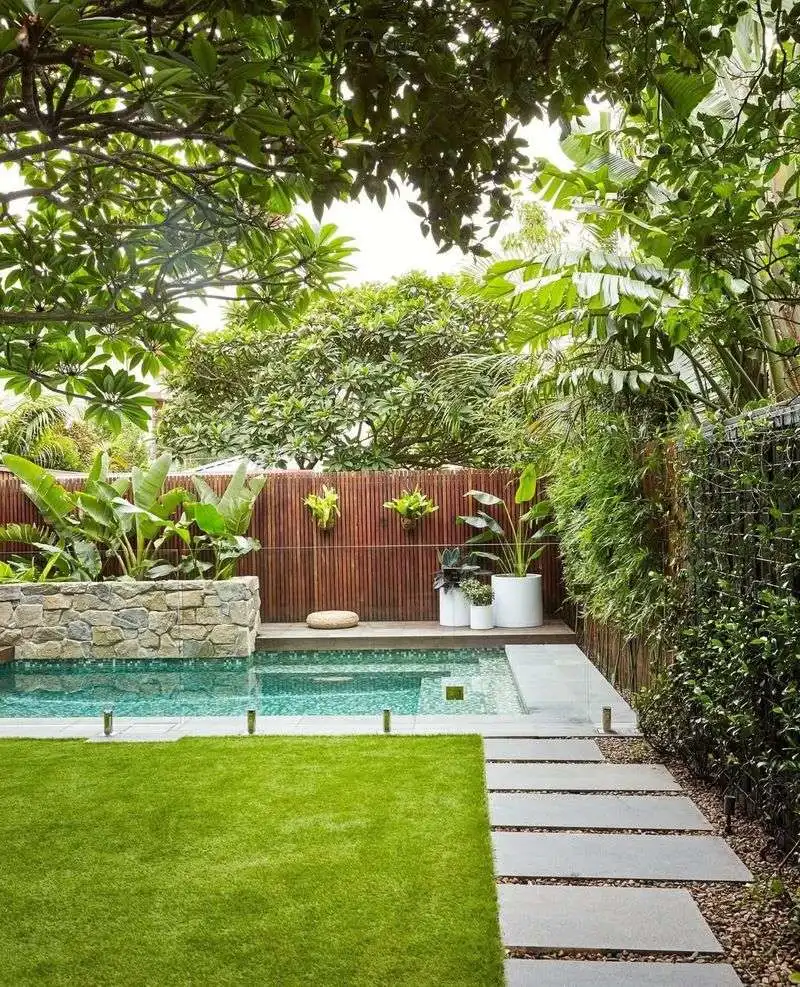
Sunlight is food for plants, yet many ignore their specific light needs. Placing a sun-loving plant in the shade or vice versa can stunt growth. Understand the sunlight requirements of each plant. Group them accordingly: sunny spots for sun lovers, shade for those who thrive in less light. This simple habit ensures each plant receives the optimal light it needs to flourish. A well-lit plant is a happy plant, vibrant and strong. Respect their light preferences like you would a friend’s taste in music.
Using Chemical Fertilizers

Chemical fertilizers promise quick growth, but at what cost? These can strip the soil of natural nutrients, leaving it barren over time. Instead, opt for organic fertilizers that enrich the soil and support long-term plant health. Organic options are often kinder to the environment and your garden’s ecosystem. Think of your garden as a long-term investment, not a quick fix. Feed it with care, and it will reward you with lush, healthy plants. Choose nature’s way for sustainable growth.
Ignoring Pest Control
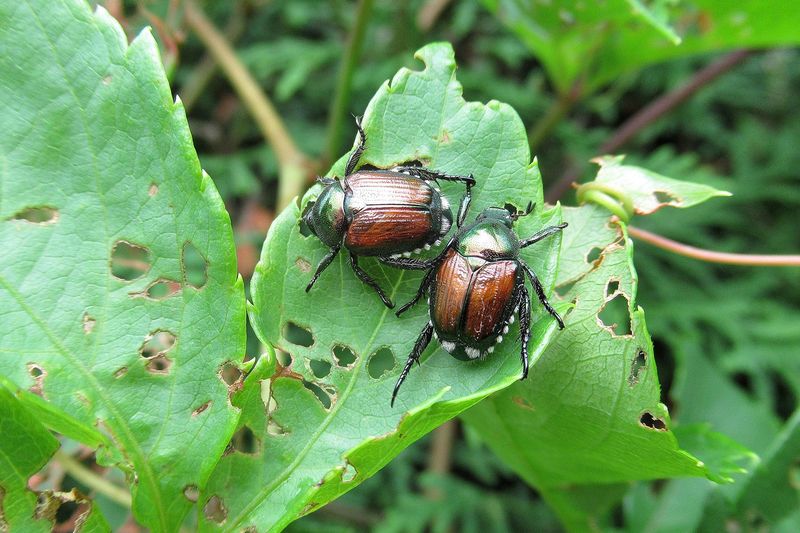
Pests are an inevitable part of gardening, yet ignoring them can lead to disaster. Left unchecked, pests can quickly devastate a garden. Adopt regular pest inspections as part of your routine. Early detection means easier management with less damage. Consider natural pest control methods like introducing beneficial insects or using homemade sprays. A vigilant gardener is a successful one, keeping the balance of nature in check. Your garden will thank you for the protection.
Adopting Companion Planting

Companion planting is like matchmaking for plants. It’s about finding plants that grow better together, supporting each other in health and productivity. This practice can deter pests, improve pollination, and enhance flavor. For instance, planting basil near tomatoes can boost their growth and taste. Research compatible pairings for your garden. By fostering these plant friendships, you create a harmonious and flourishing garden environment. It’s teamwork in nature’s finest form!
Regular Pruning
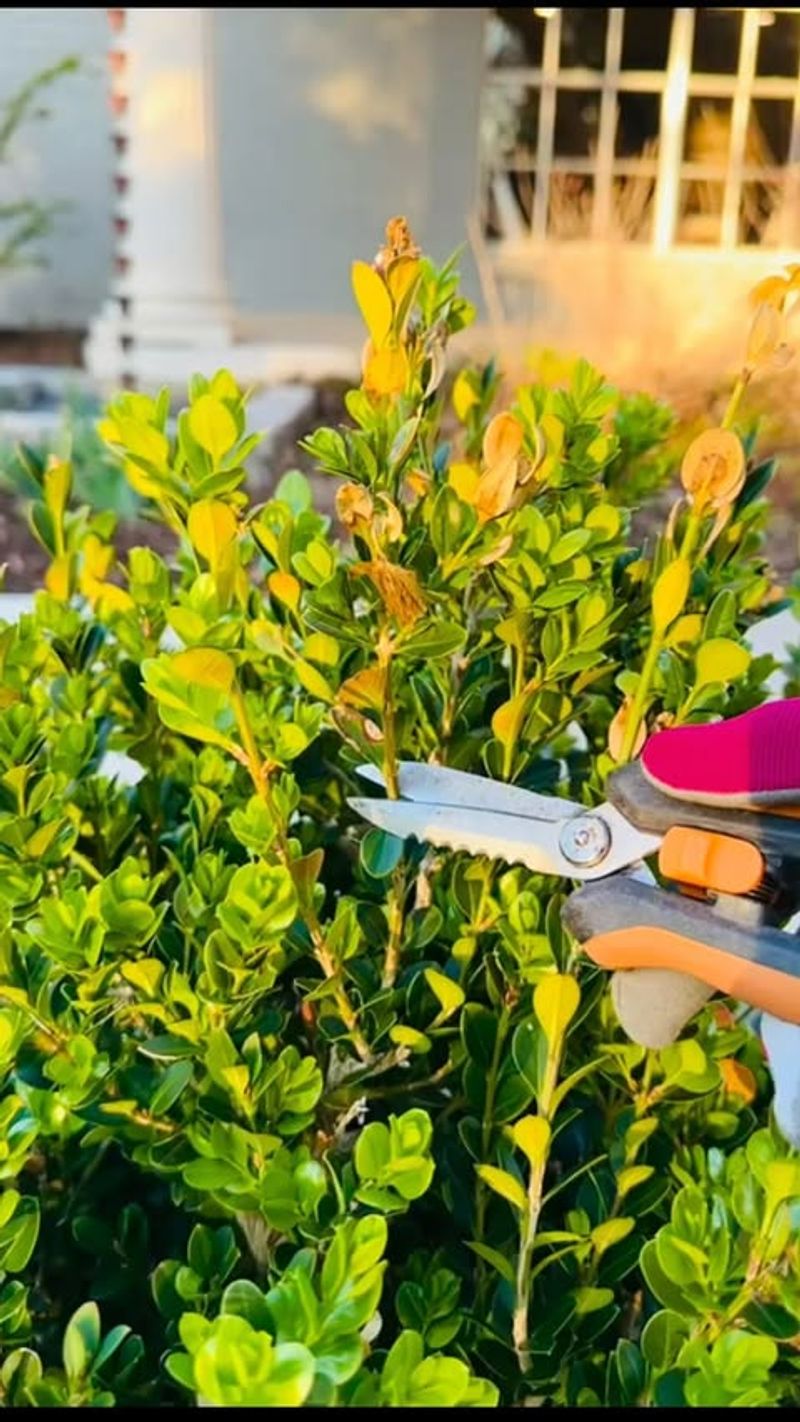
Pruning is more than snipping away at plants; it’s a form of art that shapes and nurtures growth. Regular pruning removes dead or diseased wood, encouraging new growth. It helps maintain a plant’s shape, promotes airflow, and reduces the risk of disease. The key is knowing when and how to prune specific plants. Learn about the ideal pruning times for your garden’s residents. With a little practice, your plants will thrive, showcasing their best selves. Pruning is a gardener’s gentle caress.
Mulching Wisely
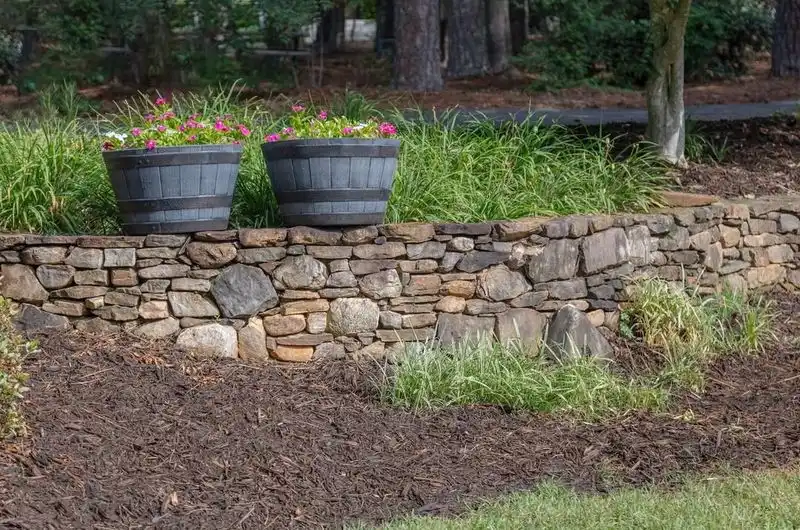
Mulching is like giving your soil a warm hug. It conserves moisture, suppresses weeds, and regulates soil temperature. Organic mulch, such as bark or straw, also enriches the soil as it breaks down. Apply a 2-3 inch layer of mulch around plants, being careful not to smother stems. This simple habit can make a significant difference in your garden’s health. Mulching is both protective and nurturing, a gift to your soil. It’s the gentle guardian of your garden’s wellbeing.
Embracing Crop Rotation

Crop rotation is a clever and ancient farming technique. It involves changing the planting location of crops each season to prevent soil depletion and pest buildup. This practice maintains soil fertility and disrupts the life cycles of pests. Rotate crops by type: leafy greens, root vegetables, and fruits. By varying plant locations, the soil remains balanced and healthy. Crop rotation is a strategic move for sustainable gardening. It’s a gardener’s chess game against nature’s challenges.
Incorporating Native Plants
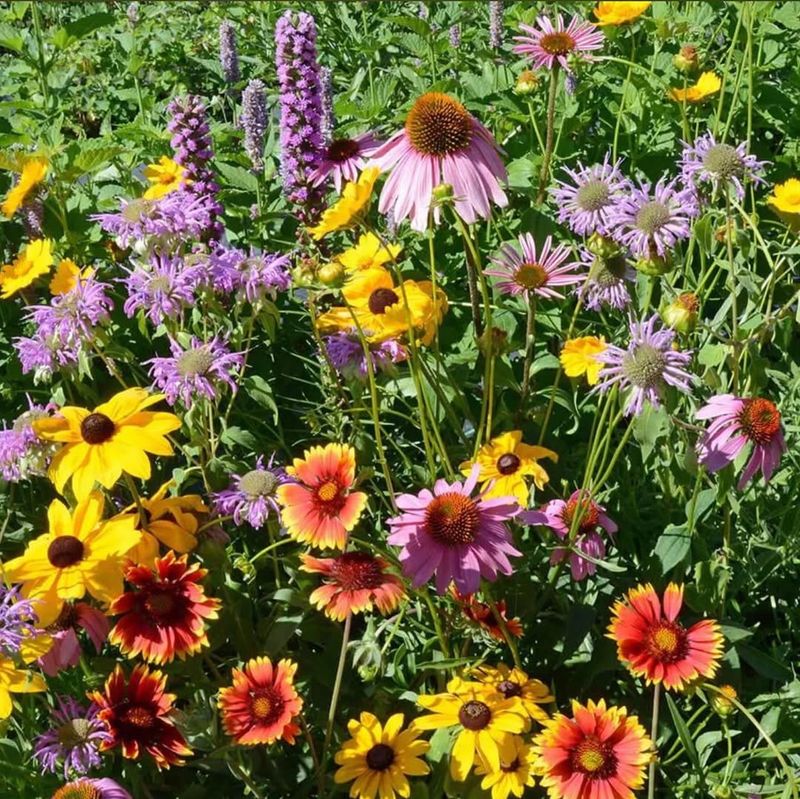
Native plants are the unsung heroes of gardening. They’re well-adapted to local conditions, requiring less water and maintenance. Incorporating native species means a resilient garden that supports local wildlife. It’s an eco-friendly choice that celebrates regional diversity. Research plants native to your area and watch them thrive with minimal fuss. By planting natives, you pay homage to your region’s natural beauty. It’s a rewarding choice for both gardener and garden.
Watering Early in the Day
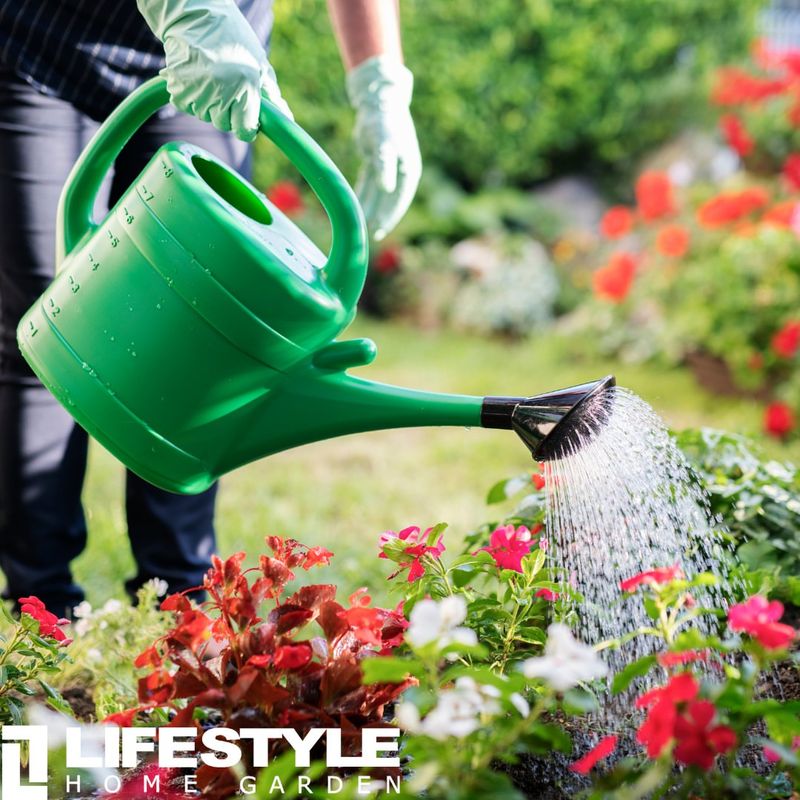
Timing is everything, even with watering. Watering early in the day reduces evaporation, ensuring plants get the moisture they need. This practice also prevents diseases that thrive in damp conditions. Early watering allows leaves to dry before nightfall, reducing fungal risks. Set a morning routine for your watering tasks. Your plants will greet the day with fresh vigor. It’s a peaceful, productive start to a gardener’s day. Embrace the dawn’s serenity as you nurture your garden.

